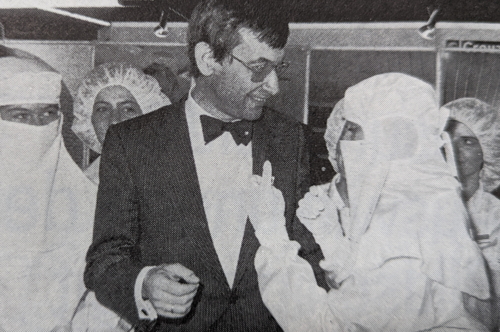Gender-related digital inequalities
The project examines the influence of digital change on gender inequalities in the FRG and GDR since the 1970s. It asks whether digitization processes perpetuated, weakened or newly produced inequalities in gender relations. In the sense of a cultural history of digitalization, the aim is to show how technical, cultural and social developments in both German states were interwoven from the 1970s until after reunification and contributed to shaping a social order along the category of “gender” that still has an impact today.

The development of microchips in the 1970s laid the foundation for computers and other digital technologies to have a profound impact on private life as well as the world of work. Gender-related attributions accompanied the use of computers from the very beginning. The constructed nature of these attributions can be seen in the way they have changed: while programming was still considered a female activity in the first half of the 20th century, the cliché of the male computer nerd emerged in the second half and is still widespread today. The project aims to investigate how and in what context gender-related attributions in the use of digital technologies and - based on this - social inequalities in the digital world were created and consolidated.

The period under investigation extends from the digital-historical “epochal threshold” of the 1970s to the 1980s as the decade of a new enthusiasm for home computers and the emergence of various computer (sub)cultures through to the 1990s. In the 1990s, the computer had finally changed from a calculating machine to a communication medium, partly due to the triumph of the Internet, and as such was widely anchored in (reunified) West German society. The comparative German-German perspective is intended to highlight the extent to which the gender history of digitalization was system-bound and where common, interwoven lines of development ran between the divided societies. Political, legal, economic, social and cultural factors whose interplay shaped the digital society and its inequality regimes will be examined.

